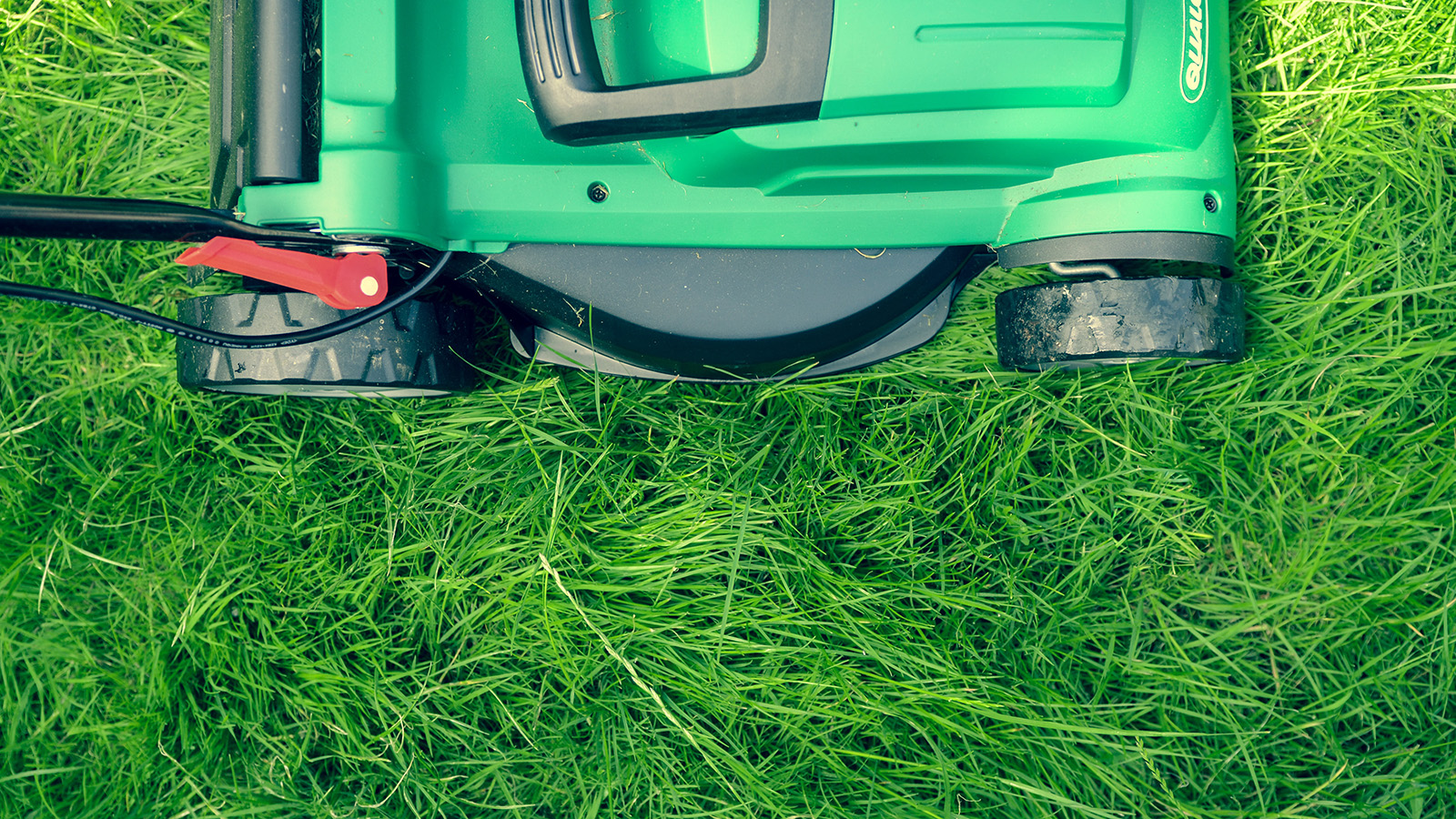
Testimony on Clean Energy Before the Ohio Senate Public Utilities Committee
Testimony of Julian Boggs, State Policy Advocate for Environment Ohio, in front of the Ohio Senate Public Utilities Committee about Clean Energy and waste heat recovery on February 15, 2012:
I would like to thank Chairman Daniels, Ranking Member Schiavoni, and the members of the Public Committee for hearing my testimony in opposition to Senate Bill 289.
My name is Julian Boggs and I am the Policy Advocate for Environment Ohio. Environment Ohio is a nonprofit, nonpartisan advocacy group supported by thousands of citizen members across the state. We work to protect clean air, clean water, and open spaces across the state of Ohio.
Testimony of Julian Boggs, State Policy Advocate for Environment Ohio, in front of the Ohio Senate Public Utilities Committee about Clean Energy and waste heat recovery on February 15, 2012:
I would like to thank Chairman Daniels, Ranking Member Schiavoni, and the members of the Public Committee for hearing my testimony in opposition to Senate Bill 289.
My name is Julian Boggs and I am the Policy Advocate for Environment Ohio. Environment Ohio is a nonprofit, nonpartisan advocacy group supported by thousands of citizen members across the state. We work to protect clean air, clean water, and open spaces across the state of Ohio.
I would like to begin by explaining that Environment Ohio has always been a strong supporter of Ohio’s Clean Energy Law, Amended Substitute Senate Bill 221, which was passed in the 127th General Assembly with overwhelming bipartisan support. We worked closely with then-speaker Husted and many others to support this comprehensive plan for Ohio’s energy future, committing the state to investing in technologies that will provide pollution-free power while allowing energy users to save money with investments in efficiency. We are proud to report that the law thus far has been a resounding success, spurring the development of renewable power and a broad array of cost and energy-saving efficiency programs. Our new report, Ohio’s Clean Energy Report Card, Year 2: Wind Solar and Efficiency on the Rise, outlines the progress Ohio has made in developing its clean energy resources since the passage of the bill.
We also support cogeneration technology as a tool to access additional pollution-free power that would otherwise not be used. However, we oppose Senate Bill 289 as written because it incentivizes waste energy at the expense of renewable energy technologies, and we believe could significantly threaten the young and developing renewable energy industry. We strongly urge this committee to consider alternatives for incentivizing waste energy recovery.
Ohio has enormous untapped potential for renewable energy and energy efficiency. Studies by the National Renewable Energy Laboratory (NREL) found that Ohio has the potential to 45 Gigawatts of wind power off the shore of Lake Erie1, 54 Gigawatts of wind on undeveloped land not set aside for conservation2, and 26 Gigawatts of solar power just on existing commercial and residential rooftops3. Added together, Ohio has the potential to power all the homes in the state six times over.
Seeking to tap this potential to provide greater energy security, boost local economies, and reduce pollution by creating markets for clean alternatives to coal power, the 127th General Assembly passed Ohio’s Clean Energy Law, setting standards for renewable energy as well as energy efficiency, recognizing that the cheapest and cleanest power of all is power never used. We found that in the first two years of the law, efficiency programs enacted by utilities as required by law have reduced peak demand of power by over 1700 MW4 – the size of 3 mid-sized coal plants. A report by the American Council on an Energy Efficient Economy estimates that the law has already saved customers $351 million in net utility bill savings. The renewable standard has spurred the development of Ohio’s first large-scale wind farm in Paulding County, which is not only, as of this fall, generating enough electricity to power 27,000 Ohio homes, but revitalizing local rural economies with revenue from leases.
Recognizing that different energy technologies have different needs based on their own market, the authors of Ohio’s Clean Energy Law, Senate Bill 221, also wisely recognized the need to differentiate between types of advanced power and created two ‘tiers’ of advanced energy. Wind power is emerging as one of the cheapest new energy sources available, but as a relatively young industry, it is dependent on market stability to leverage the required investment. That’s why the renewable tier has clear annual benchmarks with compliance fines to ensure a vibrant market for renewable technology. Solar power is a proven technology with enormous early potential, but its economies of scale did not yet make it competitive with the cost of wind, so a ‘carve-out’ requirement was created to ensure that solar development continued. That carve-out, in combination with other existing state and federal policies, is working to drive down the cost of solar. In fact, the Solar Energy Industry Association estimates that the cost of solar panels has decreased 50% in 2011.
Ohio’s clean energy economy is booming, and in the early stages of renewable energy and energy efficiency development in the state, we are just now only beginning to reap the benefits. By introducing legislation that adds a significant resource that could qualify those same credits, this legislation puts much of that progress in jeopardy. Wind developers, and investors like the ones that poured money in the Paulding County community, need certainty in the renewable energy market, and adding a new technology that could consume an enormous portion of the renewable energy credit market. Moreover, it adds uncertainty to the integrity of the REC market over the long term. I would defer to testimony from the wind industry itself to further expound on the threat to those markets.
Whether waste energy recovery or wind, solar, or energy efficiency, Ohio is utilizing only a small fraction of its clean energy potential. We should be developing all of these resources, not incentivizing one at the expense of the other.
Environment Ohio therefore respectfully recommends that the general assembly clarify that the second, or ‘advanced’ tier of the Advanced Energy Portfolio Standard include cogeneration. This tier could also be amended to include a waste energy-specific carve-out with a compliance mechanism to ensure a vibrate energy credit market for that technology. We would be more than happy to work with interested members of the committee to support alternative means to support cogeneration projects.
I would like to thank Chairman Daniels, Ranking Member Schiavoni and members of the the Public Utilities Committee for considering this information, and I encourage you to continue in your efforts to look for ways to tap Ohio’s clean energy resources. I am more than happy to take questions.
1. Marc Schwarz, Donna Heimiller, Steve Haymes, and Walt Musial. National Renewable Energy Laboratory. Assessment of Offshore Wind Energy Resources for the United States. June 2010
2. National Renewable Energy Laboratory. Wind Powering America: 80 Meter Wind Maps and Wind Resource Potential. 9 December 2010; National Renewable Energy Laboratory
3. J. Paidipati, L Frantzis, H Sawyer, and J Kurrash. Navigant Consulting, for the National Renewable Energy Laboratory. Rooftop Photovoltaics: Market Penetration Scenarios, February 2008.
4. Calculated by Julian Boggs from data presented in Ohio’s Clean Energy Report Card: How Wind, Solar and Energy Efficiency are Repowering the Buckeye State. Environment Ohio Research & Policy Center. Julian Boggs & Rob Kerth. March 2011; and Ohio’s Clean Energy Report Card, Year 2: Wind, Solar and Energy Efficiency on the Rise. Environment Ohio Research & Policy Center. Julian Boggs & Rob Kerth. February 2012.
Topics
Find Out More


Recording of Road to 100% Renewable Energy with Dr. Mark Jacobson

The Biden administration has released $1 billion in funding for urban trees. Here’s why that matters.


